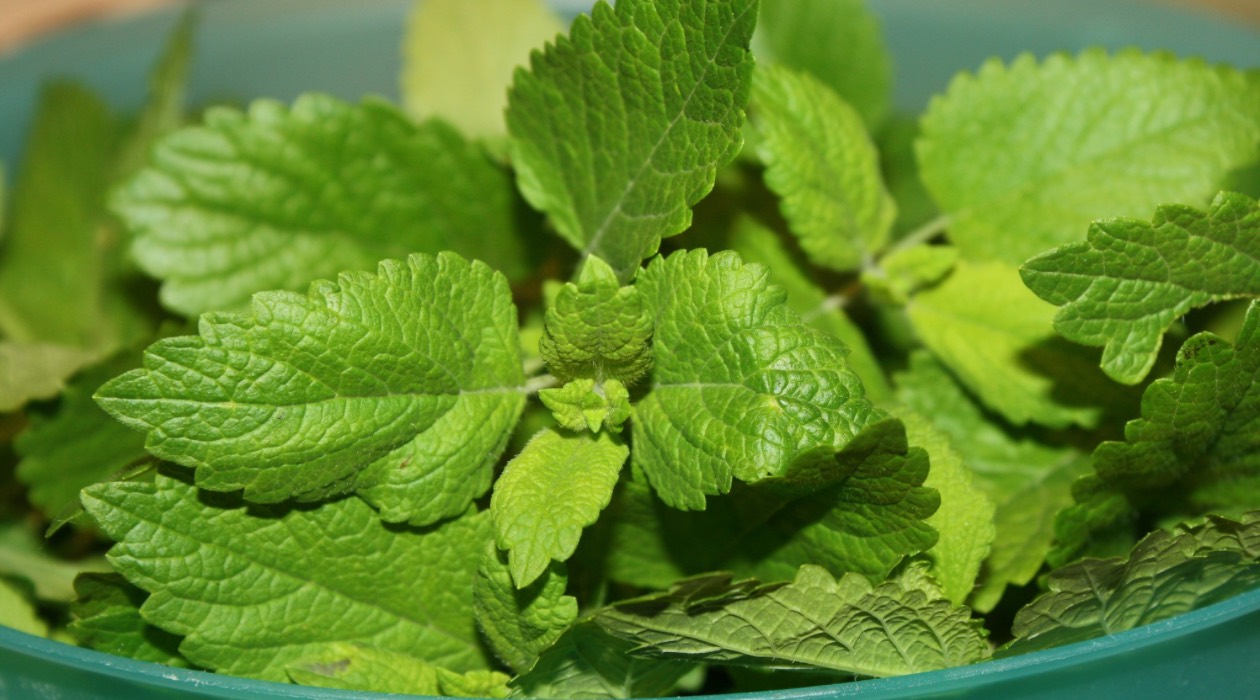

Articles
How To Store Lemon Balm
Modified: February 20, 2024
Learn effective techniques for storing lemon balm with our informative articles. Discover the best methods to keep its freshness and potency intact for a longer duration.
(Many of the links in this article redirect to a specific reviewed product. Your purchase of these products through affiliate links helps to generate commission for Storables.com, at no extra cost. Learn more)
Introduction
Lemon balm, also known as Melissa officinalis, is a fragrant and versatile herb that offers numerous health benefits. Its lemony aroma and soothing properties make it a popular choice for various culinary and medicinal uses. Whether you grow your own lemon balm or purchase it fresh from the store or farmer’s market, knowing how to store it properly is essential to maintain its flavor and quality.
Proper storage not only helps to preserve the vibrant aroma and taste of lemon balm but also ensures that its beneficial properties remain intact for longer periods. Whether you plan to use it in teas, herbal remedies, or culinary dishes, following the right storage methods will help you enjoy its freshness and potency.
In this article, we will delve into the importance of proper storage and explore various methods to store lemon balm effectively. We will guide you through choosing the right container, preparing the herb for storage, and walk you through different storage techniques such as refrigeration, freezing, drying, and storing lemon balm in oil or vinegar.
By following these guidelines, you can extend the shelf life of your lemon balm and have access to its delightful aroma and therapeutic benefits whenever you need them. Let’s get started!
Key Takeaways:
- Proper storage of lemon balm is crucial to maintain its flavor, aroma, and beneficial properties. Whether refrigerating, freezing, drying, or infusing in oil or vinegar, the right storage method ensures year-round access to this versatile herb.
- Choosing the right container, proper preparation, and labeling are key steps in maintaining the quality and freshness of lemon balm. Whether stored in the refrigerator, freezer, or infused in oil or vinegar, these techniques preserve the herb’s delightful flavors and therapeutic benefits.
Read more: How To Dry Lemon Balm In A Dehydrator
Importance of Proper Storage
Proper storage of lemon balm is crucial to maintain its flavor, aroma, and beneficial properties. Whether you grow it in your garden or purchase it fresh, understanding why proper storage is important will help you make the most of this versatile herb.
One of the primary reasons for proper storage is to preserve the vibrant taste and aroma of lemon balm. This herb contains volatile oils that give it its characteristic lemony scent and flavor. Exposure to heat, light, and air can cause these oils to degrade, resulting in a loss of flavor and aroma. By storing lemon balm correctly, you can retain its aromatic profile and enhance the taste of your culinary creations or herbal remedies.
Furthermore, proper storage helps to preserve the herbal properties of lemon balm. This herb is known for its calming and soothing effects, making it a popular choice for teas and medicinal preparations. Lemon balm contains compounds such as rosmarinic acid and terpenes, which contribute to its therapeutic benefits. These compounds are prone to degradation when exposed to unfavorable storage conditions. By storing lemon balm properly, you can maximize its potency and enjoy its healing properties.
Another reason to store lemon balm correctly is to extend its shelf life. Freshly harvested or purchased lemon balm has a limited lifespan, and improper storage can speed up its deterioration. By employing the right storage techniques, you can prolong the freshness of the herb, ensuring that it remains usable for an extended period.
Moreover, proper storage allows you to have lemon balm readily available whenever you need it. Having a stash of well-preserved lemon balm on hand ensures that you can enjoy its benefits year-round. Whether you want to add it to your cooking, brew a refreshing cup of tea, or incorporate it into homemade beauty and wellness products, properly stored lemon balm will always be at your fingertips.
Overall, understanding the importance of proper storage for lemon balm is key to maintaining its quality, flavor, potency, and shelf life. By utilizing the right storage techniques, you can preserve this versatile herb and unlock its full culinary and medicinal potential.
Choosing the Right Container
When it comes to storing lemon balm, selecting the right container plays a crucial role in maintaining its freshness and flavor. The ideal container should provide protection from light, air, and moisture, preventing the deterioration of the herb. Here are some considerations when choosing the right container:
Airtight: Opt for a container that is airtight or can be sealed tightly. This will help prevent air from reaching the herb and causing oxidation and flavor loss. Consider using glass jars with screw-on lids, plastic containers with tight-fitting lids, or vacuum-sealed bags.
Dark and Opaque: Light exposure can cause the degradation of the herb’s essential oils, resulting in a loss of flavor and aroma. Choose containers made of dark-colored or opaque materials to protect lemon balm from light. Avoid clear glass or plastic containers unless they are stored in a dark place.
Non-Reactive: Lemon balm contains natural acids that can react with certain materials, affecting its flavor and quality. Choose containers made of non-reactive materials such as glass, stainless steel, or food-grade plastic to ensure that the herb remains free from any undesirable tastes or odors.
Size: Consider the amount of lemon balm you plan on storing when selecting a container. Choose a size that allows for proper air circulation and prevents the herb from being overly crowded. Leaving some headspace in the container will also make it easier to remove individual leaves or portions as needed.
Labeling: Don’t forget to label your containers with the date of storage to keep track of freshness. Additionally, consider labeling the containers with the contents to avoid confusion if you store different herbs or spices in similar containers.
By choosing the right container for storing your lemon balm, you can ensure that it remains fresh, flavorful, and protected from external elements. Remember to consider the airtightness, opacity, non-reactiveness, size, and labeling of the container to create an optimal storage environment for your herb.
Preparing Lemon Balm for Storage
Before storing lemon balm, it’s important to properly prepare the herb to ensure its longevity and quality. Taking the time to prepare lemon balm for storage will help preserve its flavor, aroma, and beneficial properties. Here are some steps to follow when preparing lemon balm for storage:
1. Harvesting: If you’re harvesting lemon balm from your garden, choose a time when the herb is at its peak flavor and before it starts to flower. Harvest in the morning after the dew has dried but before the sun is too strong to retain the highest concentration of essential oils.
2. Cleaning: Carefully rinse the lemon balm leaves under running water to remove any dirt, debris, or pests that may be present. Gently pat the leaves dry with a clean towel or use a salad spinner to remove excess moisture.
3. Removing Stems: While some recipes call for using the stems of lemon balm, they can be bitter and less flavorful compared to the leaves. It’s recommended to remove the stems before storing the herb. Simply hold the stem at the base of the leaf and slide your fingers along the stem upwards to remove the leaves.
4. Sorting and Discarding: Inspect the leaves for any signs of damage, discoloration, or yellowing. Remove any leaves that appear to be wilted or spoiled, as they can affect the quality of the entire batch.
5. Dry or Wilt: There are different methods for storing lemon balm, including drying, wilting, freezing, and preserving in oil or vinegar. The method you choose will determine how you prepare the herb. For drying or wilting, gather the cleaned leaves in small bunches and secure them with a string or rubber band. Hang the bunches upside down in a dark, well-ventilated area, away from direct sunlight, and let them dry or wilt for about a week.
6. Chopping (Optional): If you prefer to store lemon balm in smaller pieces, you can use a sharp knife to finely chop the dried or wilted leaves. Be cautious not to crush or bruise the leaves excessively, as this can cause loss of flavor and aroma.
7. Storing: Once the lemon balm is properly prepared, transfer it to the chosen storage container, ensuring that it is clean and completely dry. Make sure to seal the container tightly to prevent air and moisture from entering.
By following these preparation steps, you can ensure that lemon balm is in its best condition for storage. Whether you choose to dry, wilt, freeze, or preserve it in oil or vinegar, taking the time to prepare the herb properly will help maintain its freshness and quality over time.
Storing Lemon Balm in the Refrigerator
If you want to preserve the freshness of lemon balm and extend its shelf life, storing it in the refrigerator is a great option. The cool temperature of the refrigerator helps slow down the oxidation process and prevents the herb from wilting. Here’s how to store lemon balm in the refrigerator:
1. Wash and dry: Before storing lemon balm, make sure to wash the leaves gently under running water to remove any dirt or debris. Pat them dry with a clean towel or use a salad spinner to remove excess moisture. It’s important to make sure the leaves are completely dry, as any moisture can lead to mold or spoilage.
2. Wrap: Take a damp paper towel or a clean kitchen towel and gently wrap the lemon balm leaves in it. This will help maintain the moisture content of the leaves without making them too damp.
3. Place in a bag: Put the wrapped lemon balm leaves inside a resealable plastic bag or airtight container. Make sure to remove as much air as possible before sealing the bag or container. This will help prevent the leaves from wilting or getting freezer burn.
4. Location in the refrigerator: Store the bag or container of lemon balm in the crisper drawer of your refrigerator. This section is designed to maintain humidity and keep vegetables fresh for longer periods. Alternatively, you can place the bag or container on a shelf towards the back of the refrigerator where the temperature is more stable.
5. Shelf life: Properly stored in the refrigerator, lemon balm can stay fresh for up to two weeks. However, it’s best to use it as soon as possible for the best flavor and aroma.
6. Check for freshness: Before using the stored lemon balm, inspect the leaves for any signs of wilting, mold, or discoloration. If any leaves appear spoiled, remove them to prevent spoilage from spreading to the rest of the batch.
Storing lemon balm in the refrigerator is a simple and effective way to prolong its freshness. Make sure to follow these steps to keep your lemon balm flavorful and ready to use in a variety of dishes and beverages.
Store lemon balm by drying the leaves and storing them in an airtight container in a cool, dark place. This will help preserve the flavor and aroma for future use.
Read more: How To Grow Lemon Balm Seeds
Freezing Lemon Balm
Freezing is an excellent method to preserve the flavor and aroma of lemon balm for an extended period. Freezing the herb allows you to have a supply of fresh lemon balm that can be used in various culinary and herbal applications throughout the year. Here’s how to freeze lemon balm:
1. Wash and dry: Start by washing the lemon balm leaves under cool running water to remove any dirt or debris. Gently pat them dry with a clean towel or use a salad spinner to remove excess moisture. Ensuring the leaves are completely dry is essential to prevent freezer burn.
2. Blanching (Optional): Blanching the lemon balm leaves before freezing helps to preserve their flavor, color, and texture. To blanch, bring a pot of water to a boil and have a bowl of ice water ready. Place the leaves in the boiling water for about 15 seconds, then immediately transfer them to the ice water bath to stop the cooking process. Drain the leaves thoroughly and pat them dry before continuing.
3. Freezing individual leaves: If you prefer to use individual leaves in your recipes, lay the dry or blanched leaves flat on a baking sheet, making sure they don’t overlap. Place the baking sheet in the freezer and allow the leaves to freeze completely for a few hours.
4. Freezing in portioned amounts: If you prefer to have lemon balm readily available in pre-measured portions, chop the leaves into desired sizes. Place the chopped leaves into ice cube trays or silicone molds, filling each compartment about 2/3 full. Add a small amount of water or vegetable broth to cover the leaves. Place the tray or mold in the freezer until the cubes are fully frozen.
5. Transfer to storage containers: Once the individual frozen leaves or cubes are solid, transfer them into airtight freezer bags or containers. Make sure to remove excess air from the bags or tightly seal the containers to minimize the risk of freezer burn.
6. Label and date: Don’t forget to label the freezer bags or containers with the contents and the date of freezing. This will help you keep track of the freshness of your lemon balm.
7. Shelf life: When properly stored, frozen lemon balm can retain its flavor and aroma for up to six months. However, it’s best to use it within the first few months for optimal taste.
Freezing lemon balm allows you to have a convenient and long-lasting supply of this versatile herb. Whether you freeze individual leaves or portioned cubes, this method will ensure you can enjoy the fresh taste of lemon balm throughout the year.
Drying Lemon Balm
Drying lemon balm is a traditional method of preserving the herb’s flavor, fragrance, and beneficial properties. Once dried, lemon balm can be used in teas, herbal preparations, or as a flavorful addition to culinary creations. Here is a step-by-step guide on how to dry lemon balm:
1. Harvesting: Harvest lemon balm when the plant is at its peak, typically in the morning after the dew has evaporated but before the sun gets too hot. This is when the herb’s essential oils are the most potent.
2. Cleaning: Gently rinse the lemon balm leaves under cool running water to remove any dirt or debris. Pat them dry using a clean kitchen towel or use a salad spinner to remove excess moisture.
3. Bunching: Gather a small bunch of lemon balm leaves, tying them together at the stem. Alternatively, you can use a rubber band or string to secure the stems. If you prefer smaller portions, create several small bunches rather than one large one.
4. Hanging: Hang the bunches upside down in a well-ventilated area away from direct sunlight. Choose a dark, dry, and cool location where the airflow is consistent. Attics, pantries, or well-ventilated closets are ideal for drying herbs.
5. Time to dry: Allow the lemon balm to dry for about one to two weeks, or until the leaves become crisp and crumble easily when crushed between your fingers. The drying duration can vary depending on humidity levels and air circulation.
6. Storage: Once dried, remove the leaves from the stems and store them in an airtight container, such as a glass jar with a tight-fitting lid. Make sure the container is clean and thoroughly dry before adding the dried lemon balm leaves.
7. Label and date: Don’t forget to label the container with the name and date of drying to keep track of freshness.
8. Shelf life: Properly dried lemon balm can retain its flavor and potency for up to a year when stored in a cool, dark place away from moisture and heat.
By drying lemon balm, you can enjoy its delightful aroma and therapeutic properties all year round. Whether you use it for teas, culinary endeavors, or homemade herbal remedies, dried lemon balm is a versatile and long-lasting addition to your herb collection.
Storing Lemon Balm in Oil
Preserving lemon balm in oil is a wonderful method to capture its fresh scent and vibrant flavor. Infusing the herb in oil not only helps extend its shelf life but also creates a flavorful oil that can be used in various culinary dishes and homemade beauty products. Here’s how to store lemon balm in oil:
1. Harvest and clean: Harvest lemon balm when it’s at its peak, ensuring that the leaves are clean and free from dirt or debris. Gently rinse the leaves under cool running water and pat them completely dry.
2. Prepare a jar: Choose a clean glass jar with a tight-fitting lid to store the lemon balm-infused oil. Make sure the jar is dry to prevent any moisture from entering and spoiling the oil.
3. Fill the jar: Place the dried lemon balm leaves inside the jar, ensuring that they fill about 1/3 of the jar. Crush or bruise the leaves slightly to release their essential oils before adding them to the container.
4. Add oil: Pour a neutral oil such as olive, sunflower, or grapeseed oil into the jar to cover the lemon balm leaves completely. Make sure there’s enough oil to submerge all the leaves, as any exposed leaves may spoil.
5. Infusion process: Seal the jar tightly and place it in a cool, dark location such as a pantry or cupboard. Allow the lemon balm to infuse in the oil for about 2 to 4 weeks. During this time, the oil will absorb the flavors and aromas of the herb, creating a delicious infused oil.
6. Strain and store: After the infusion period, strain the oil through a fine-mesh sieve or cheesecloth to remove the lemon balm leaves. Squeeze the leaves gently to extract any remaining oil. Transfer the infused oil into a clean, airtight bottle or jar for storage.
7. Label and date: Remember to label the container with the name of the infused oil and the date of preparation to keep track of its freshness.
8. Shelf life: When stored properly in a cool, dark place, lemon balm-infused oil can last up to 6 months. However, it’s best to use it within a few months for optimal flavor and quality.
The lemon balm-infused oil can be used in salad dressings, marinades, sautés, or as a drizzle over dishes for a burst of lemony flavor. Additionally, it can be used as a natural ingredient in homemade beauty products, such as lip balms or moisturizers. Store your homemade lemon balm-infused oil to enjoy the delightful flavor and fragrance of this versatile herb all year round.
Storing Lemon Balm in Vinegar
Preserving lemon balm in vinegar is a simple and effective method to capture its bright flavor and aroma. Infusing the herb in vinegar not only extends its shelf life but also creates a tangy and versatile ingredient that can be used in culinary dishes and homemade cleaning solutions. Here’s how to store lemon balm in vinegar:
1. Harvest and clean: Harvest lemon balm leaves when they are at their peak, ensuring they are clean and free from any dirt or debris. Rinse the leaves gently under cool running water and pat them dry with a clean kitchen towel.
2. Prepare a jar: Choose a clean glass jar with a tight-fitting lid to store the lemon balm-infused vinegar. It’s important to ensure the jar is dry to prevent any moisture from entering and spoiling the infusion.
3. Fill the jar: Place the dried lemon balm leaves inside the jar, filling it about one-third full. Gently bruise or crush the leaves slightly to release their essential oils and enhance the infusion process.
4. Add vinegar: Pour enough vinegar of your choice, such as white wine vinegar or apple cider vinegar, into the jar to completely cover the lemon balm leaves. Make sure all the leaves are submerged in the vinegar to prevent any spoilage.
5. Infusion process: Securely close the jar with the lid and place it in a cool, dark spot like a pantry or cupboard. Allow the lemon balm to infuse in the vinegar for approximately two to four weeks. During this time, the vinegar will absorb the flavors and aromas of the herb.
6. Strain and store: After the infusion period, strain the vinegar through a fine-mesh sieve or cheesecloth to remove the lemon balm leaves. Squeeze the leaves gently to extract any remaining vinegar. Transfer the infused vinegar into a clean, airtight bottle or jar for storage.
7. Label and date: It’s important to label the container with the name of the infused vinegar and the date of preparation to track its freshness.
8. Shelf life: When stored properly in a cool, dark place, lemon balm-infused vinegar can remain flavorful for up to six months. However, for the best taste, it is recommended to consume it within a few months.
The lemon balm-infused vinegar can be used in salad dressings, marinades, homemade pickles, or as a flavor enhancer in various recipes. It also serves as a natural cleaning agent, thanks to the vinegar’s antimicrobial properties. Store your homemade lemon balm-infused vinegar to bring a burst of lemony goodness to your culinary creations and cleaning routine.
Conclusion
Proper storage of lemon balm is essential to maintain its flavor, aroma, and beneficial properties. Whether you grow your own lemon balm or purchase it fresh, knowing how to store it correctly will help you enjoy its freshness and potency for longer periods. By following the right storage methods, you can ensure that this versatile herb remains ready to enhance your culinary creations, teas, and homemade remedies.
We have explored various storage techniques, including refrigeration, freezing, drying, and preserving lemon balm in oil or vinegar. Each method offers its own advantages and allows you to choose the best option for your needs.
Refrigerating lemon balm helps preserve its freshness by providing a cool and stable environment. Freezing the herb allows you to have a convenient supply of lemon balm year-round without compromising its flavor. Drying lemon balm is a traditional method that allows you to capture its aromatics and store it for an extended period. Storing lemon balm in oil or vinegar infuses the herb’s flavors, creating a versatile ingredient for culinary dishes and natural cleaning solutions.
Remember to choose the right container, properly clean and prepare the herb, and label the storage containers with the date of storage. These small steps will contribute to maintaining the quality and freshness of your lemon balm.
Whether you choose to enjoy lemon balm in a cup of tea, a vibrant salad, or as a soothing herbal remedy, proper storage techniques will ensure that its taste, aroma, and therapeutic benefits shine through.
So go ahead, harvest or purchase your lemon balm, and store it using the methods discussed in this article. By doing so, you can savor the delightful flavors and reap the numerous benefits of this incredible herb throughout the year!
Frequently Asked Questions about How To Store Lemon Balm
Was this page helpful?
At Storables.com, we guarantee accurate and reliable information. Our content, validated by Expert Board Contributors, is crafted following stringent Editorial Policies. We're committed to providing you with well-researched, expert-backed insights for all your informational needs.
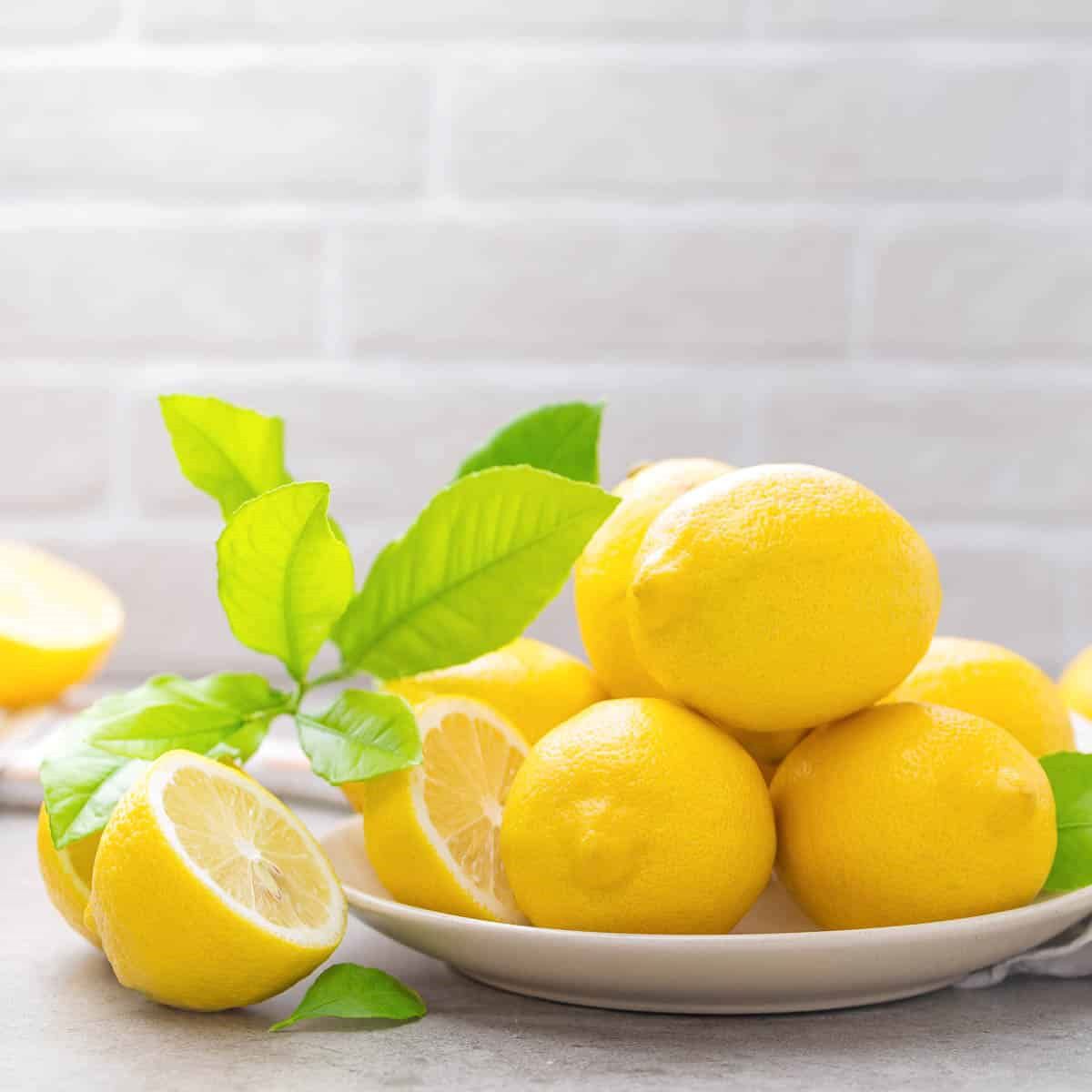
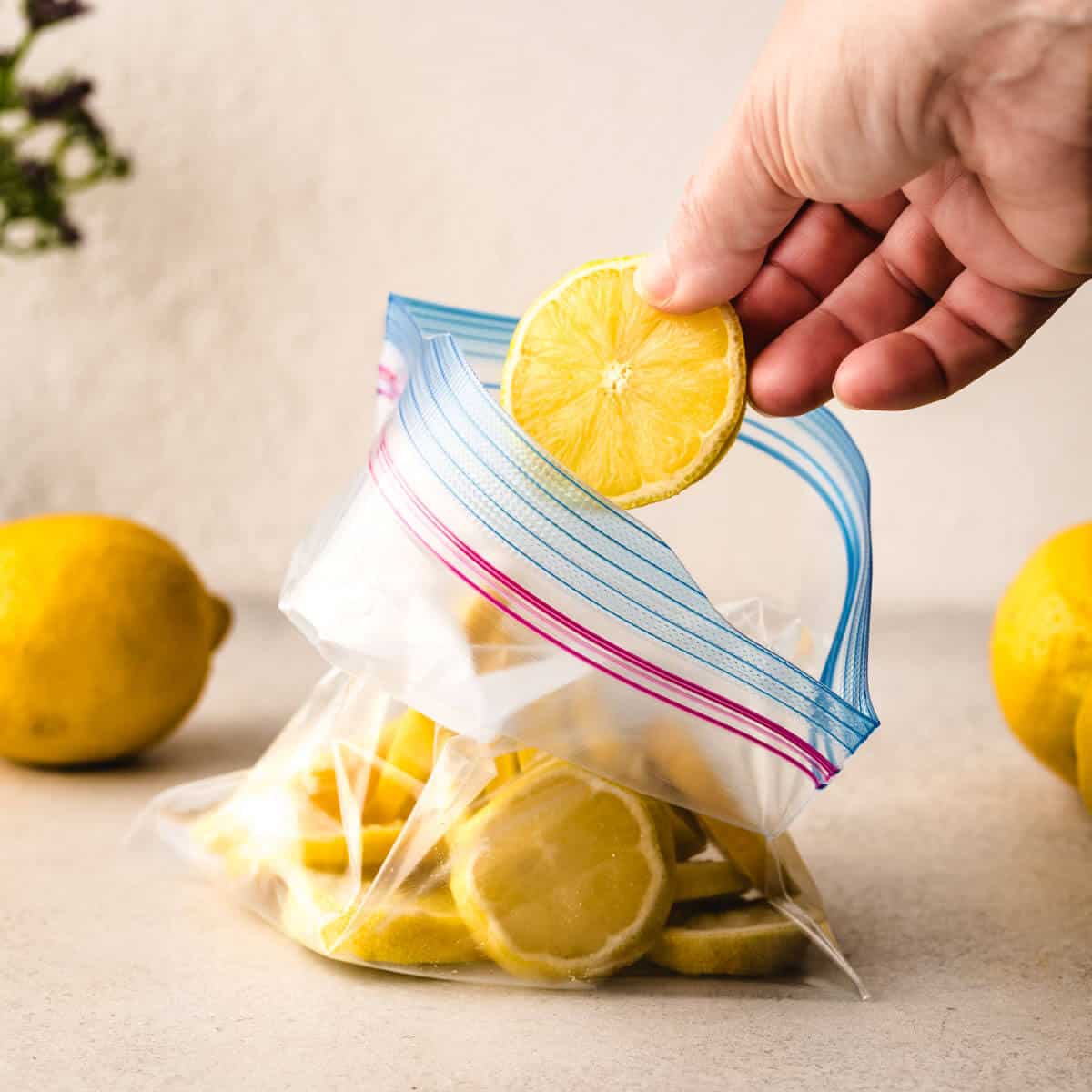
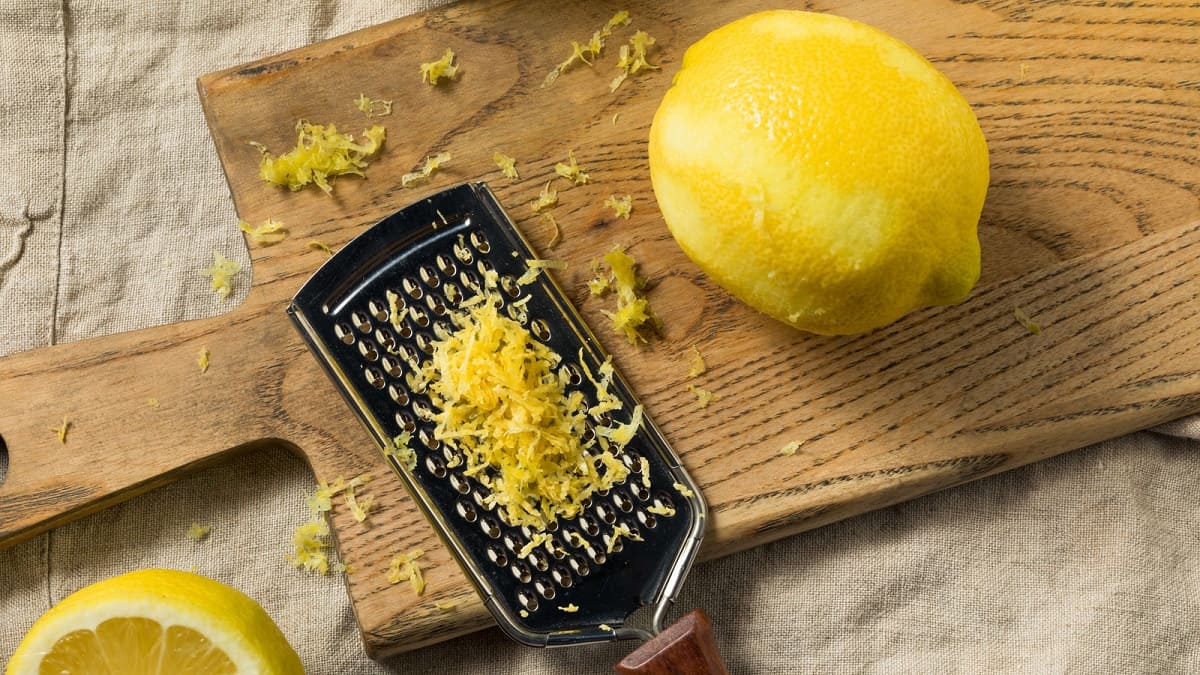
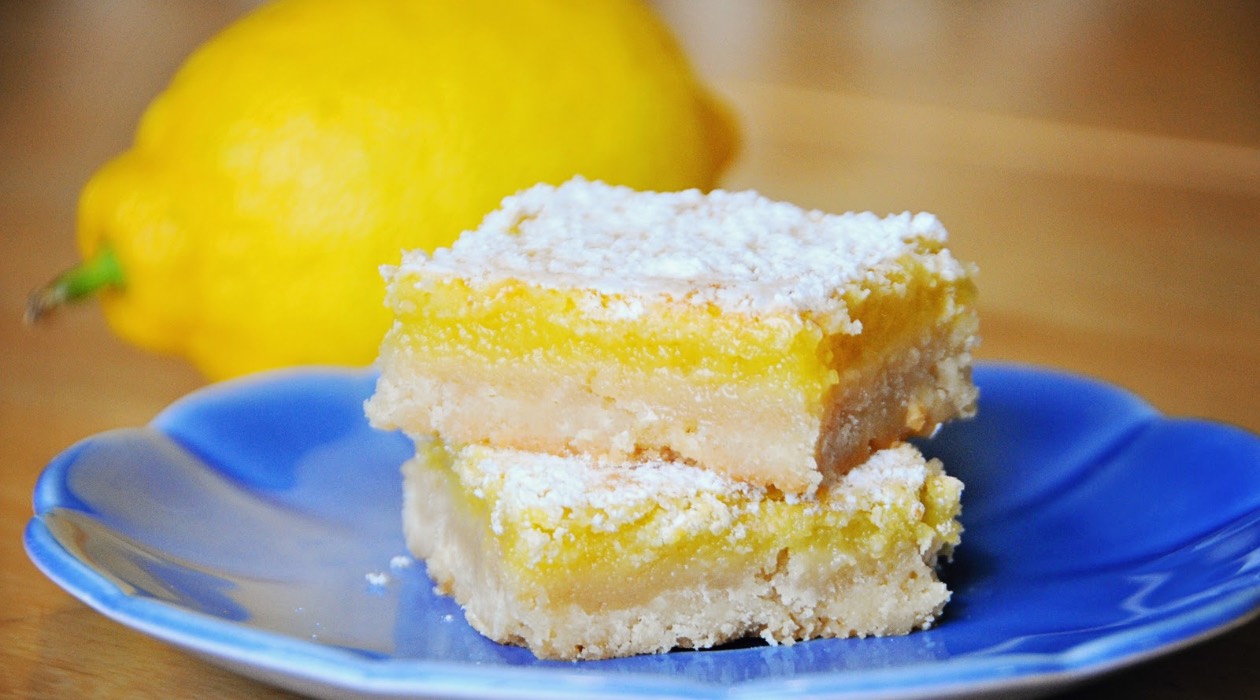
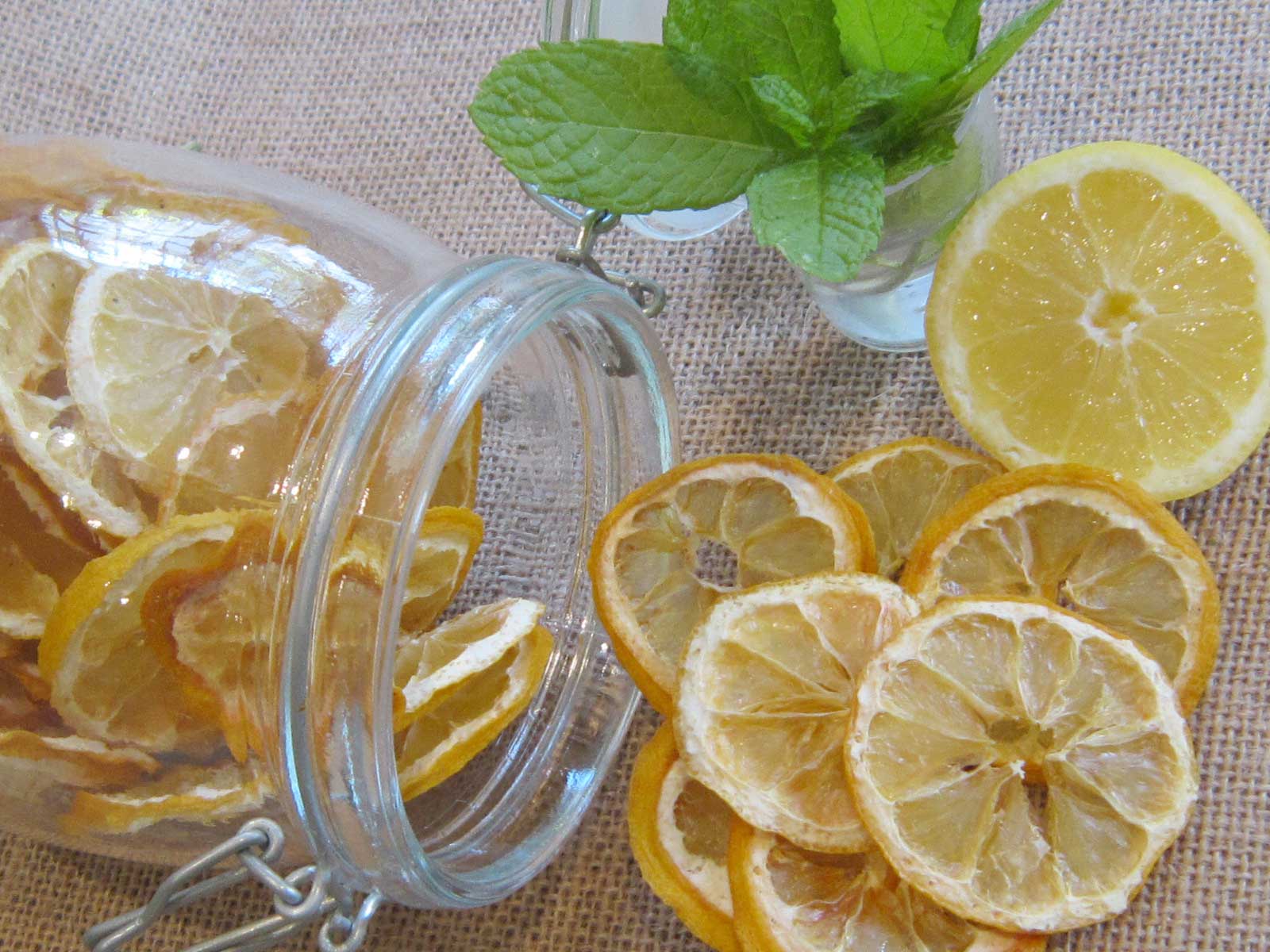
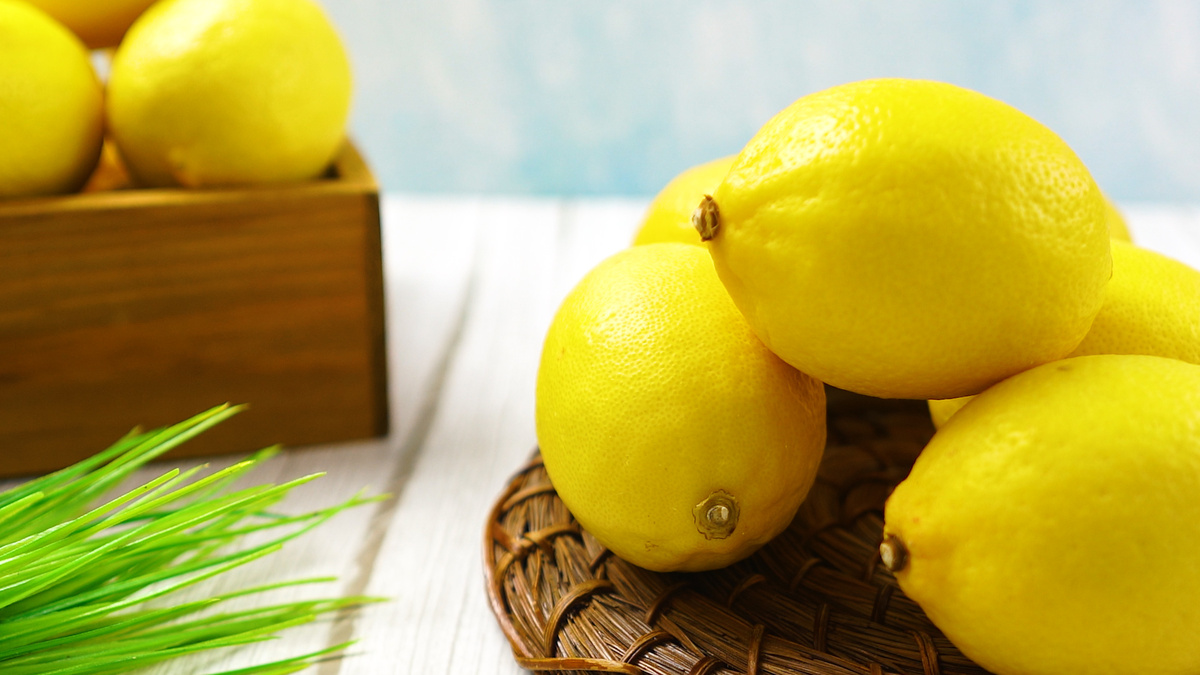
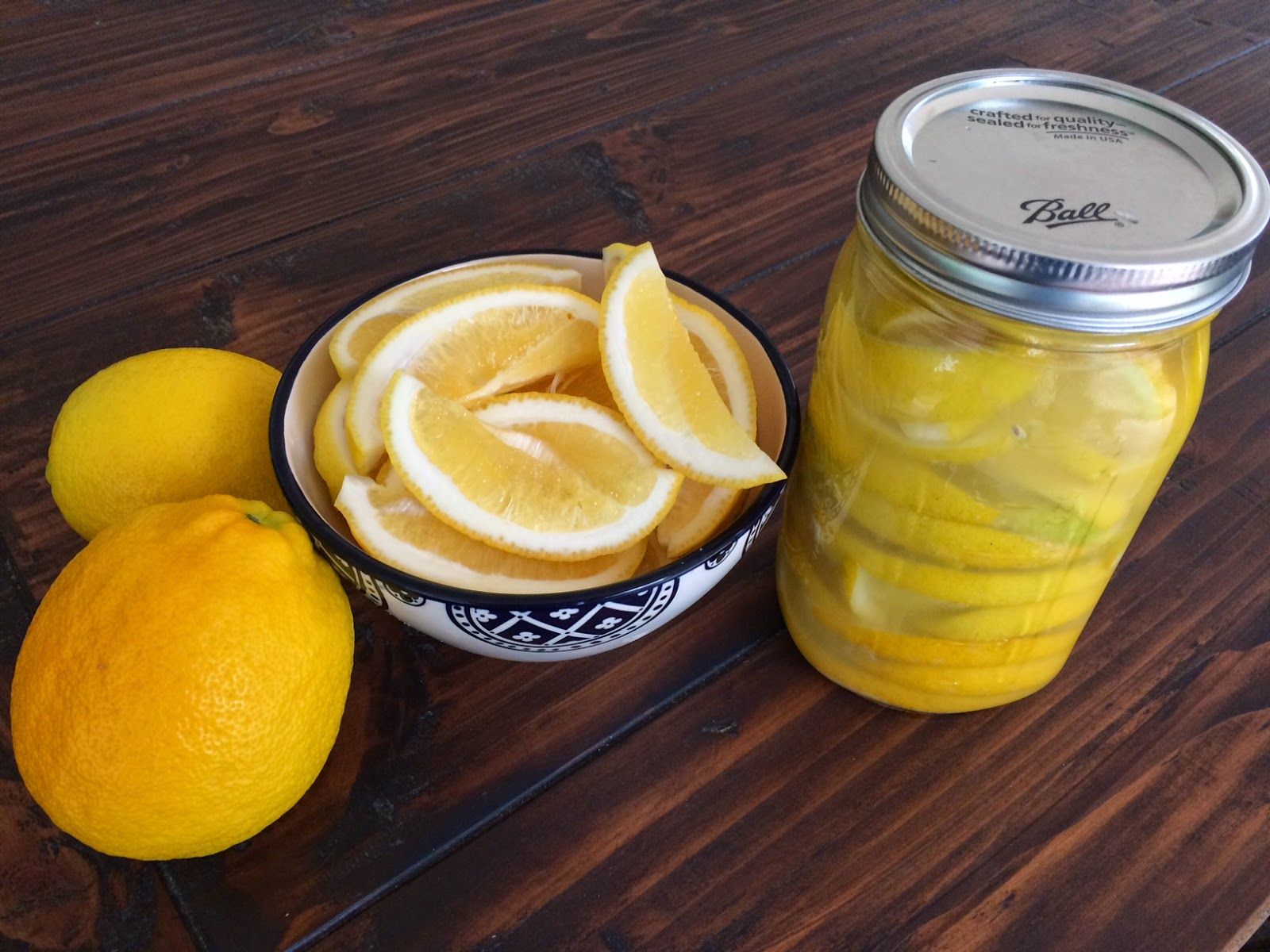
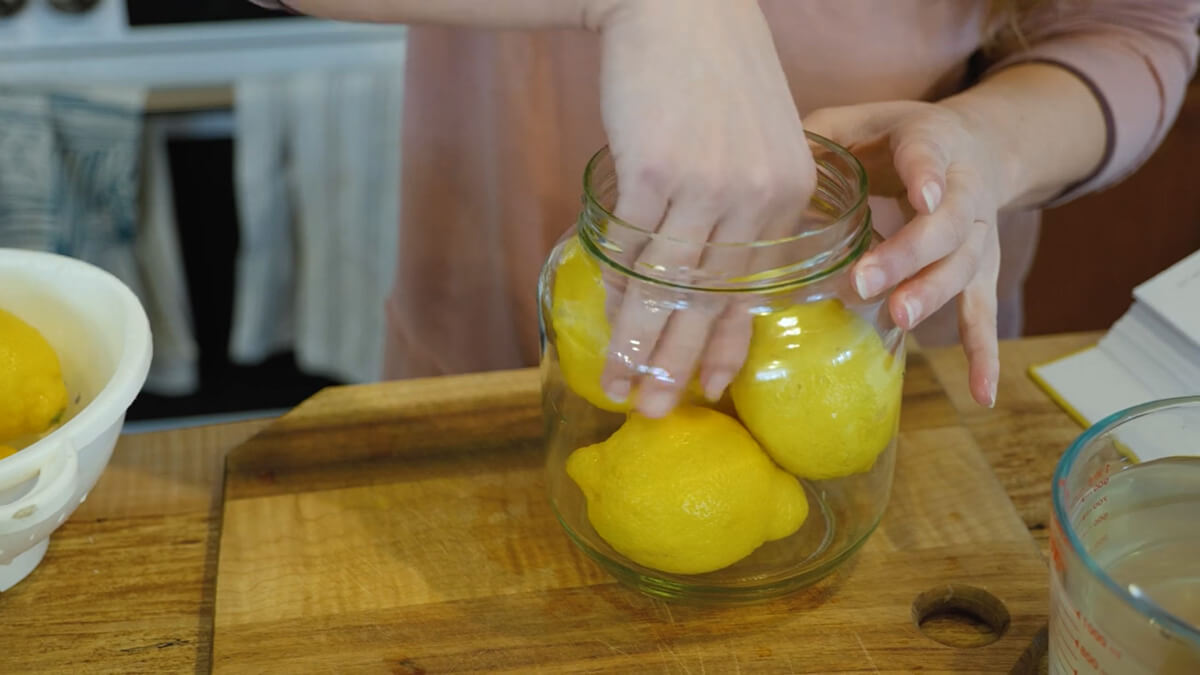
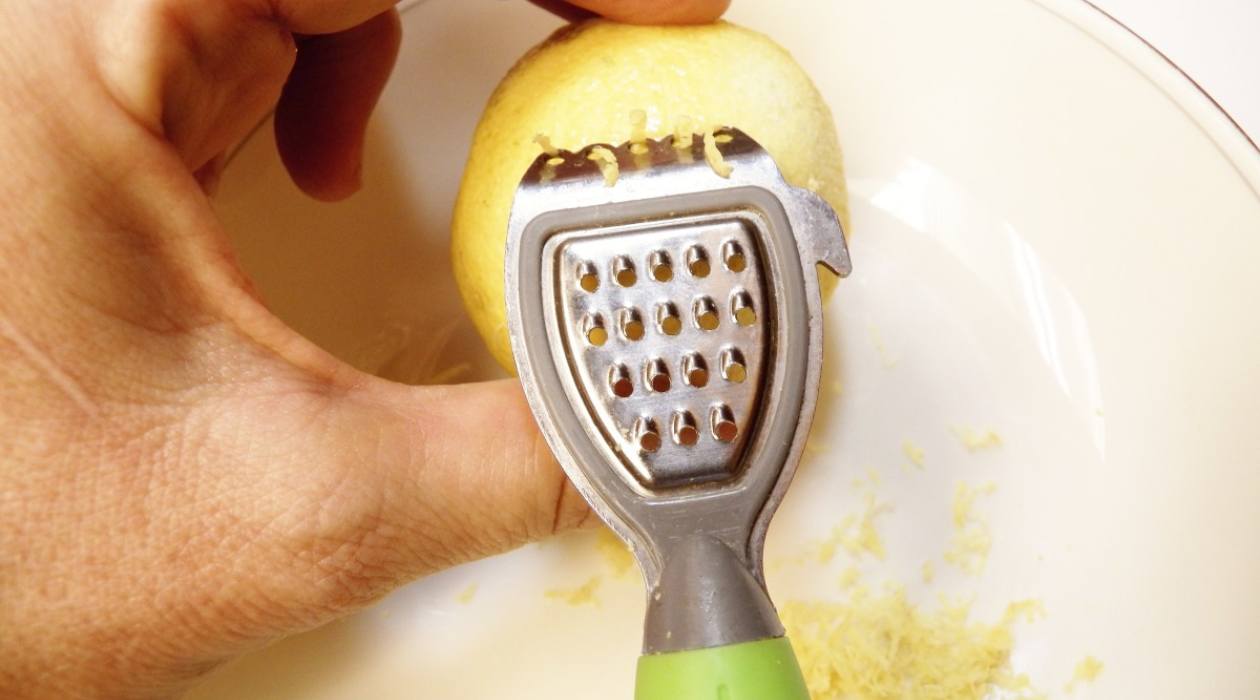
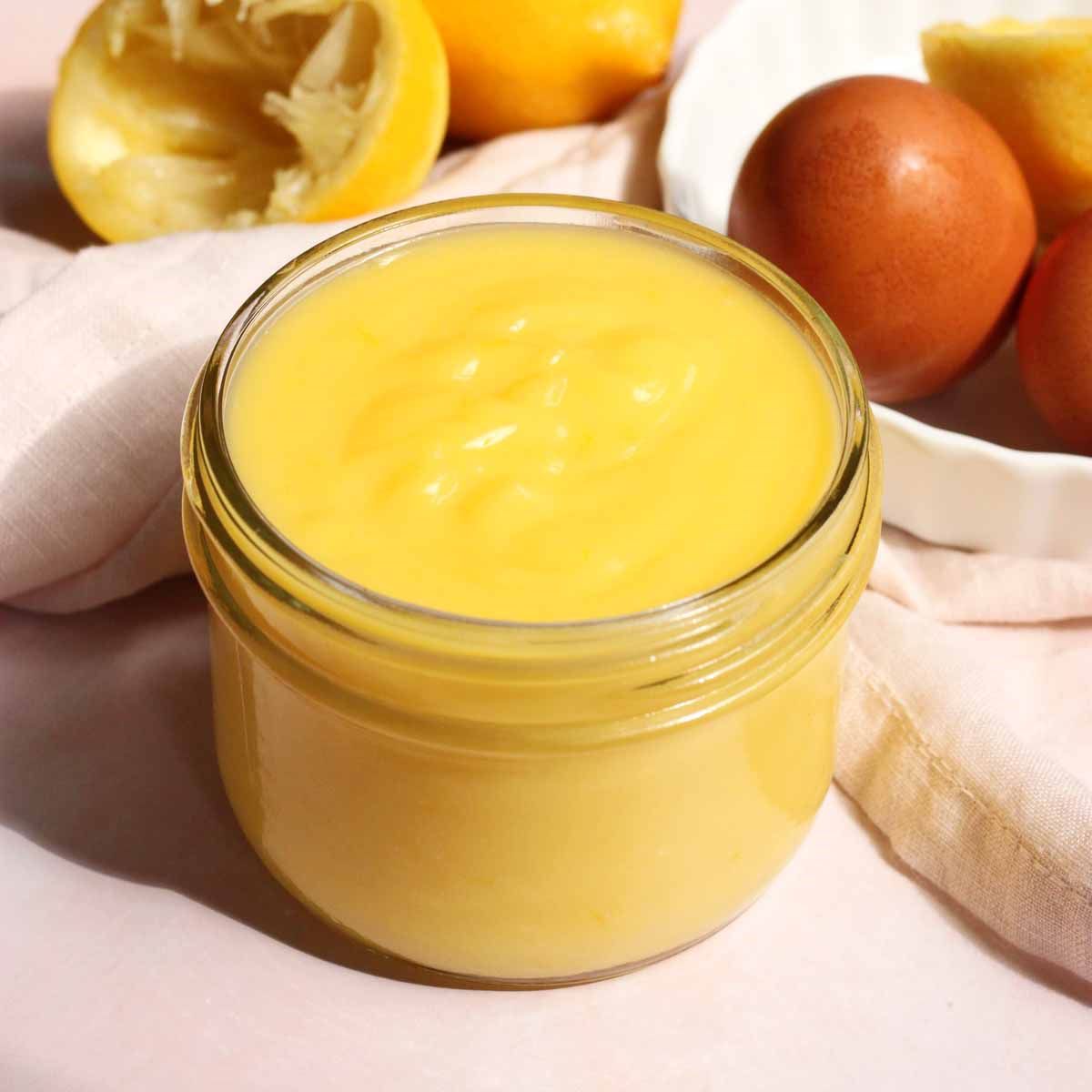
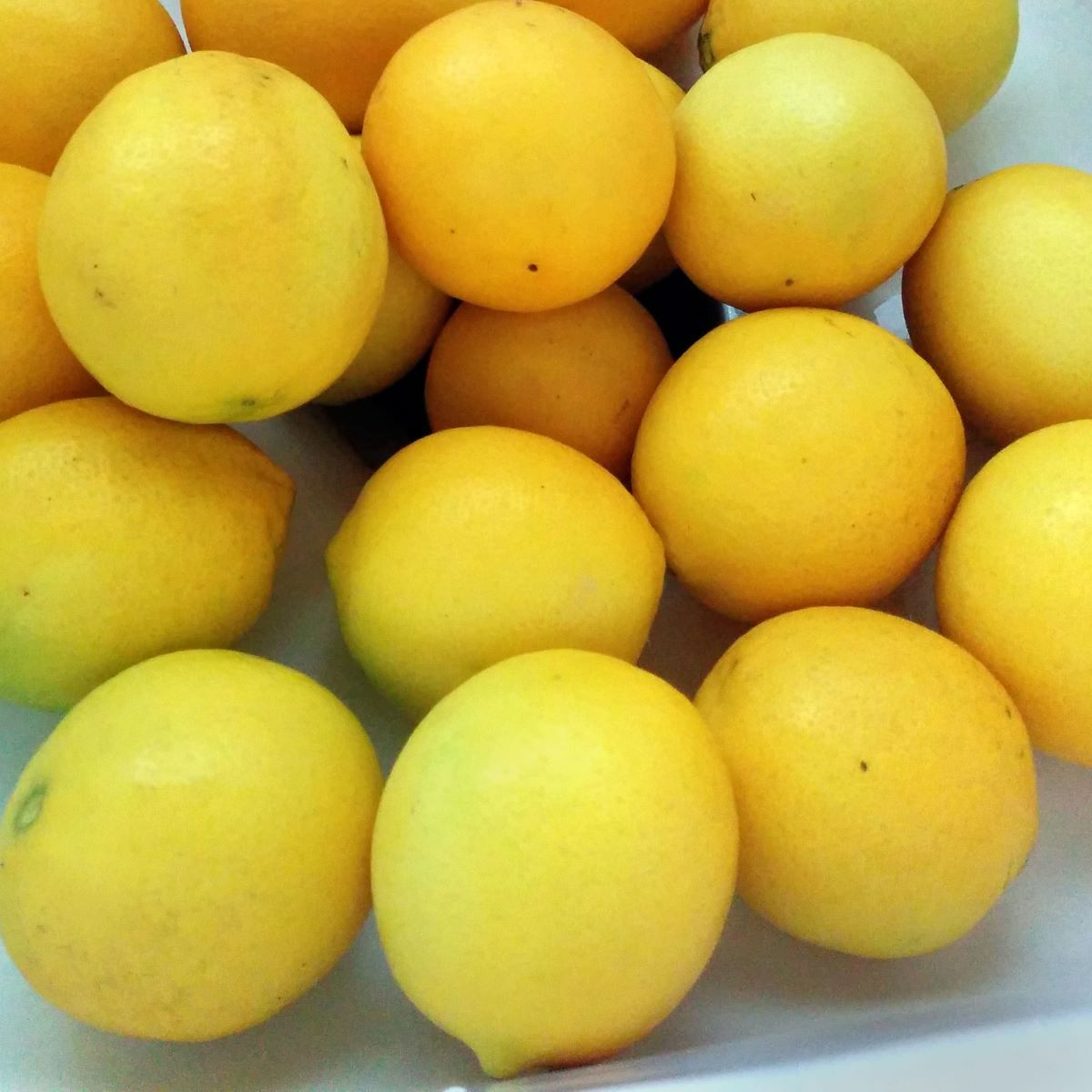
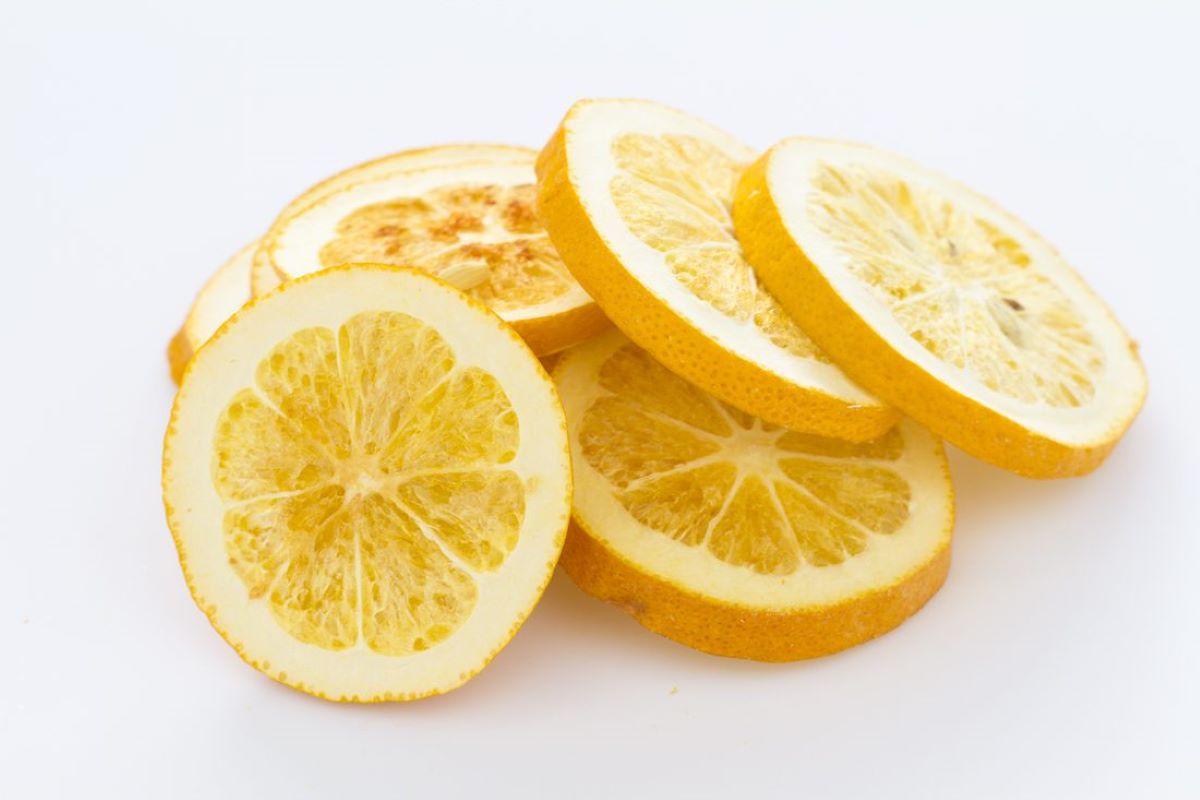
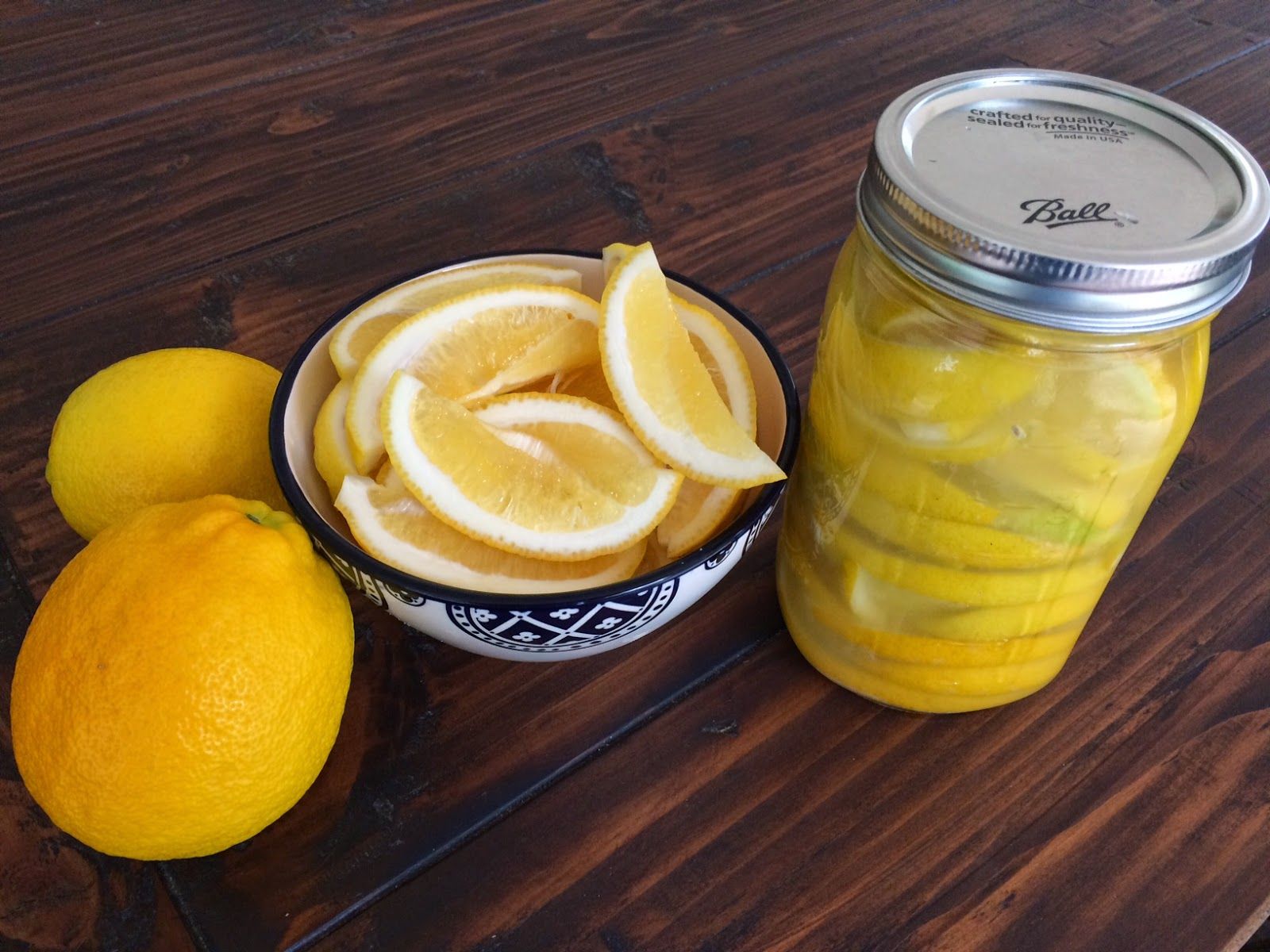

0 thoughts on “How To Store Lemon Balm”